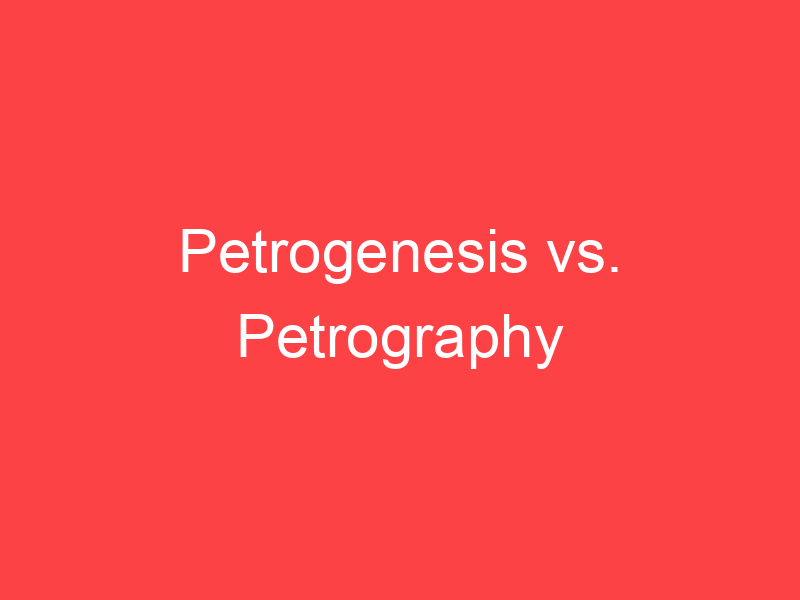-
Petrogenesis
Petrogenesis, also known as petrogeny, is a branch of petrology dealing with the origin and formation of rocks. While the word petrogenesis is most commonly used to refer to the processes that form igneous rocks, it can also include metamorphic and sedimentary processes, including diagenesis and metamorphic reactions.
-
Petrography
Petrography is a branch of petrology that focuses on detailed descriptions of rocks. Someone who studies petrography is called a petrographer. The mineral content and the textural relationships within the rock are described in detail. The classification of rocks is based on the information acquired during the petrographic analysis. Petrographic descriptions start with the field notes at the outcrop and include macroscopic description of hand specimens. However, the most important tool for the petrographer is the petrographic microscope. The detailed analysis of minerals by optical mineralogy in thin section and the micro-texture and structure are critical to understanding the origin of the rock. Electron microprobe analysis of individual grains as well as whole rock chemical analysis by atomic absorption, X-ray fluorescence, and laser-induced breakdown spectroscopy are used in a modern petrographic lab. Individual mineral grains from a rock sample may also be analyzed by X-ray diffraction when optical means are insufficient. Analysis of microscopic fluid inclusions within mineral grains with a heating stage on a petrographic microscope provides clues to the temperature and pressure conditions existent during the mineral formation.
-
Petrogenesis (noun)
The branch of petrology dealing with the origin of igneous rocks.
-
Petrography (noun)
the branch of petrology that deals with the scientific description and classification of rocks
-
Petrography (noun)
The art of writing on stone.

